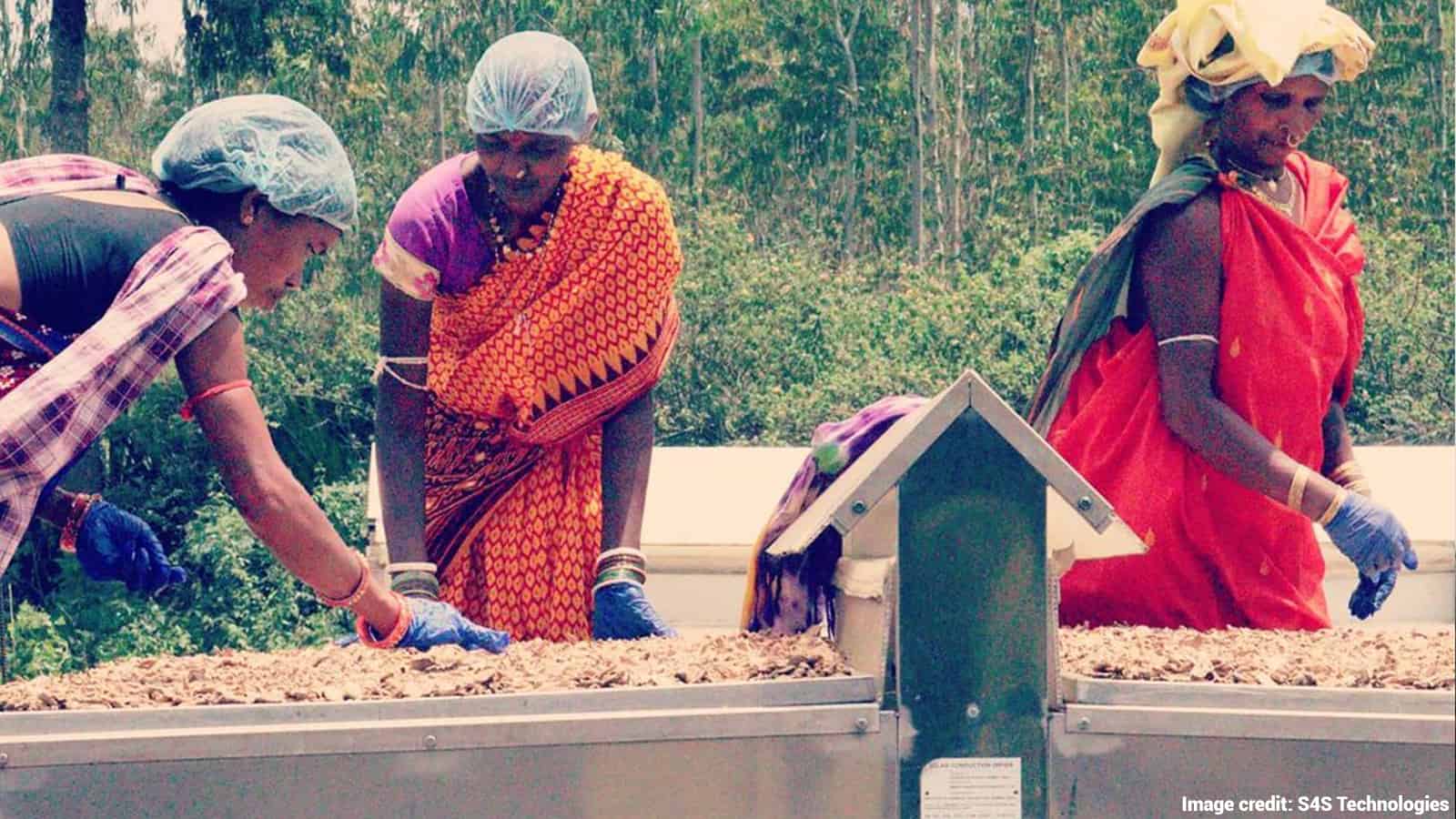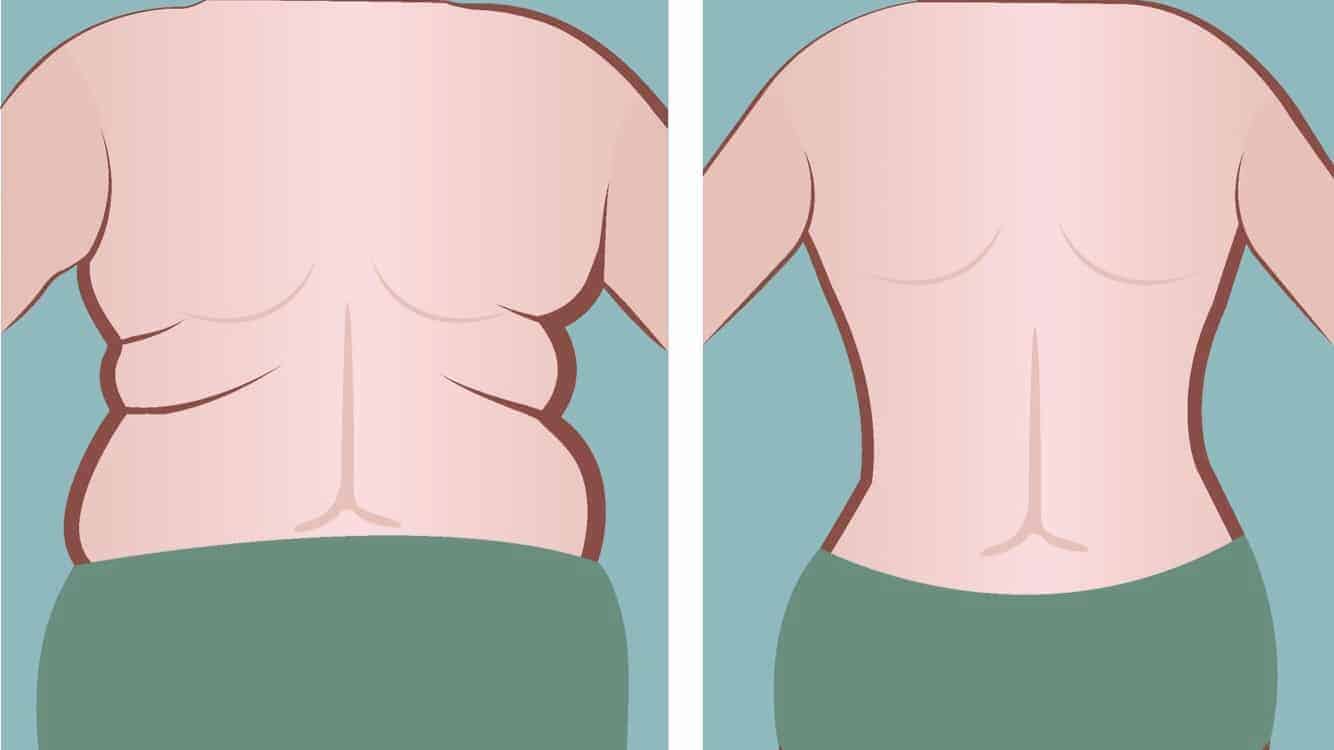Many farmers have adopted solar food dehydration in India to preserve food and reduce waste. Plus, it’s helping rural farmers earn extra income for any food not sold in markets. They collect leftover produce that would have been thrown away and use special solar dehydrators to remove excess water. Then, farmers process the dried fruits and vegetables and resell them.
In total, the process takes just four hours and can keep food from spoiling for months. This technology dramatically benefits rural Indians since summers are brutally hot, and many don’t have refrigerators. Unfortunately, due to the lack of industrialization, thousands of tons of food go to landfills in India. However, the solar food dehydration methods could reverse this trend and lead to less food waste.
Not to mention, the simple food preservation method helps empower women by providing them with a source of income. The company that created the solar food dryers, S4S, or Science 4 Society, sets up the machines in rural villages and teaches women how to use them. So, it gives rural Indian women a purpose and offers financial independence, transforming their lives.
India Masters Solar Food Dehydration, Reduces Food Waste
Produce tomatoes, onions, ginger, garlic, coconut, chilies, and corn go through the solar food dehydration process. Then, they’re turned into dried fruits and vegetables and sold to over 1,100 food and beverage industries worldwide. The solar food dehydrators preserve 20-50% more nutrients than other techniques and cut carbon emissions from refrigeration and food waste.
The company states that they’ve prevented 350,000 metric tons of CO2 from being released into the atmosphere. In addition, they’ve reduced food waste by a staggering 40,000 tons due to the solar food dehydrators. By deploying these innovative machines in India, Science 4 Society has provided 800 women in Maharashtra with economic opportunities. Average wages for women have risen by 110% from their prior employment.

Other accomplishments of the solar power food dehydration methods by S4S include:
- 2,600 installations in 15 countries
- 37,000 metric tons of annual CO2 saved
- 12,000 market links to 6,000 different farmers
- Over 1 million people now have access to nutrient-dense foods, helping eliminate hunger
- Preserves produce for up to 1 year without chemicals or preservatives
- Solar food dehydrators have a drying efficiency of 22%
- 40,000 per year capacity for a farm-level solar food processor
- Use of all modes of heat transfer (conduction, convection, and radiation) reduce air requirement 10X
- The simple yet effective technology reduces microbes by 10X
- Assures farmers an additional yearly income of $1000-1500
What’s on the Horizon?
In the future, the company has plans to:
- Develop a hybrid solar dryer that will use a combination of solar and biomass power
- Develop higher capacity solar food dehydration systems
- Create a domestic solar dryer, solar seed dryer, and solar grain dryer
Other Companies Creating Solar Dryers in India
Around 80% of farmers in India live in poverty since they can only preserve food for one or two weeks due to a lack of infrastructure and poor government support. Farmers also must dispose of produce when market prices decline, which adds to the global food waste problem.
Sadly, these economic hardships lead many rural Indian farmers to commit suicide. Wanting to find a solution for the farmers, Varun Raheja, a 23-year-old mechanical engineer, decided to create affordable solar food dehydrators.
Solar food dehydration creates its heat, removing excess moisture from fruits and vegetables. This process allows for longer food preservation without adding CO2 to the atmosphere. However, Raheja says that many food dehydrators are too costly and high-capacity for most rural farmers in India. With this knowledge, he founded his own company, Raheja Solar Food Processing Pvt. Ltd. (RSFP), in 2018 to create an affordable solar food dehydration system for rural farmers.
The U.N. recognized his company for creating accessible food dryers and instructing farmers to use them. To reduce production costs, Raheja relies on local materials and utilizes a folding design to lower transportation costs. Also, the user-friendly design eliminates the need to hire someone to install the dryers. It doesn’t require electricity to operate and uses “stainless steel mesh” to dry produce. Unlike plastic mesh, this does not produce any toxic gasses.
The Cost of Solar Food Dehydration Technology Equipment
The solar food dehydration system costs only $200, which is fifty percent less than most solar dryers on the market. To help increase farmers’ profits, Raheja created a “Circulo-Economy” business model, which entails collaborating with NGOs and the government to assist rural communities. They help farmers connect with and understand the dried foods market.
Using this method, farmers can preserve their food for at least six months and sell produce when market rates increase. This leads to a profit increase of four or five times that farmers typically make.
So far, RSFP has sold its solar food dehydration system to 26 Indian states in the last four years. The innovative solar dryer has allowed farmers to sell healthy dried pineapples from Manipur, walnuts from Kashmir, cashew apples from Goa, and berries from Ladakh.
One farmer from Madhya Pradesh who grows stevia said that the solar food dehydration system improved his harvests by eliminating dust and food waste. Another dairy farmer in a small Indian village added that the dryer has helped preserve a water-grown fern for cattle during harsh winters.
The invention has allowed more than a hundred Indian farmers to increase profits. Raheja hopes to eventually bring his solar food dehydrator to other developing regions such as South America and Africa.

Final Thoughts on the Solar Food Dehydration Technology Implemented in India
Several companies in India have developed solar dryers to extend the shelf life while also creating jobs for women. In addition, these solar food dehydrators help increase profits for farmers since they eliminate food waste. So far, the inventions have provided income for hundreds of Indian women and increased profits for many small farmers.
It’s easy to see how solar food dehydrators could assist other developing regions by increasing food production and providing economic opportunities. Hopefully, struggling farmers in other areas will have access to these solar dryers in the future.

















